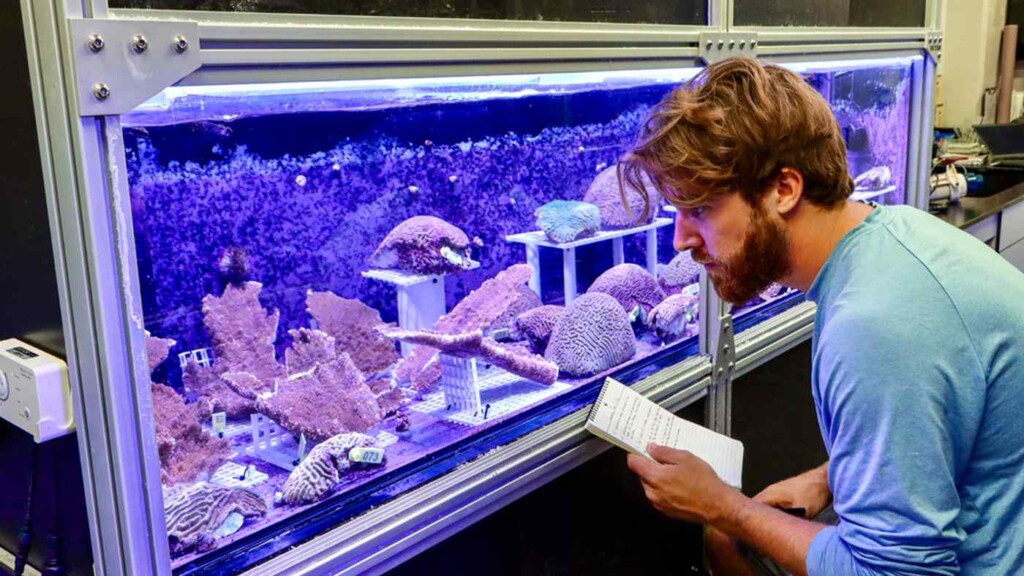Mystery Reef
Just off the coast of Tela, Honduras, a coral reef has caught the attention of the marine science community. This reef defies what we know about coral survival. Despite threats like warm waters, boat traffic, agricultural runoff, and murky water, the Tela Bay reef isn’t just surviving—it’s thriving. Live coral cover here is around 65%, compared to the Caribbean average of just 18%.
Scientists are trying to understand what makes the Tela Reef so resilient and whether its secrets can help save other threatened reefs in the Gulf of Mexico. Research by National Geographic and the University of Miami highlights the presence of elkhorn coral—a critically endangered species—flourishing in Tela under conditions that have devastated it elsewhere, like in the Florida Keys.
Andrew Baker, a marine scientist from the University of Miami, explained that Florida’s elkhorn populations are struggling with rising temperatures. He suggests that introducing genetic diversity from resilient populations like Tela’s might help.
Various theories have been proposed to explain Tela’s resilience. One suggests that periodic influxes of saline water from the Gulf kill harmful bacteria and algae. Another theory is that the reef’s richness makes it less attractive to fishermen, leaving the coral undisturbed. A more promising idea is that the coral in Tela hosts heat-resistant symbionts—microorganisms that live inside coral cells and provide energy through photosynthesis. These symbionts may help the coral cope with warmer, more acidic water.
In addition to the unique coral, Tela Bay also has a population of long-spined sea urchins, which were nearly wiped out in the 1980s. These urchins graze on algae that could otherwise overwhelm the coral.
Scientists are not waiting for a definitive answer. They’ve established a coral breeding center in Tela, aiming to spread the genetic traits of Tela coral to reefs worldwide. The University of Miami’s Coral Reef Futures Lab and the Florida Aquarium in Tampa are already cross-breeding Florida elkhorn coral with samples from Tela.




